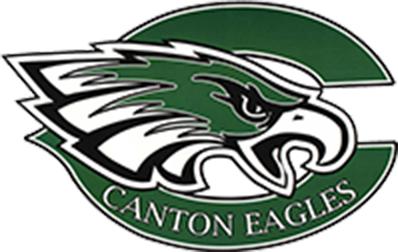
Astronomy (Period 7)
Course Description
Astronomy Calendar of Celestial Events
for Calendar Year 2015
Upcoming Assignments See all
Could not find any upcoming assignments due.
Posts

Earth
Earth Atmoshere
Earth information resource
Observing Highlights
Friday, Dec. 19, 1 hour before sunrise
Saturn and the Moon
Saturn makes a reappearance as a “morning star” close to the slender waning crescent moon, just before sunrise Friday morning.
Sunday, Dec. 21, 6:03 p.m. EST
Winter solstice
The sun reaches its southernmost position in the sky, and begins moving northward again. New Moon is less than 3 hours away, so the moon is close by, and the sun is flanked by four planets (Mars, Venus, Mercury, and Saturn) and two dwarf planets (Pluto and Ceres). As happens every year at the solstice, the sun is only a few degrees away from “alignment” with the black hole at the center of our Galaxy. This is the summer solstice in the Southern Hemisphere.
Sunday, Dec. 28, midnight EST
Uranus and the Moon
The waxing gibbous moon again passes just north of the planet Uranus. Observers in northeastern Asia, Alaska, and northern Canada will see the moon occult Uranus, as in this view from Yellowknife, NWT, Canada.





























































































































































